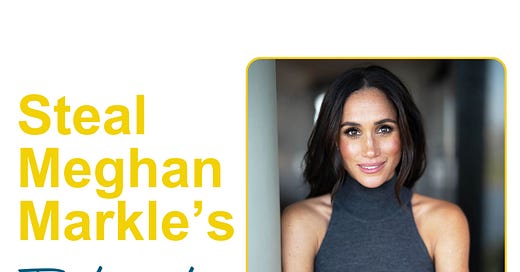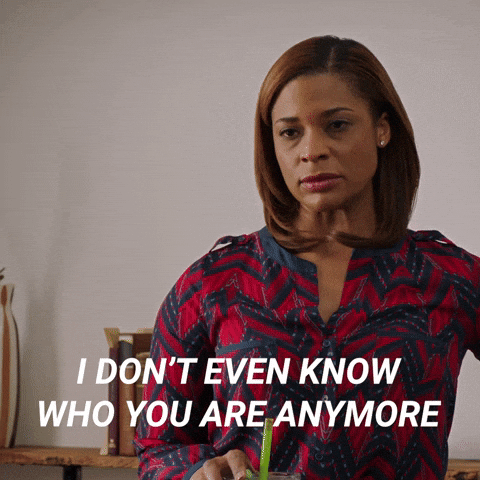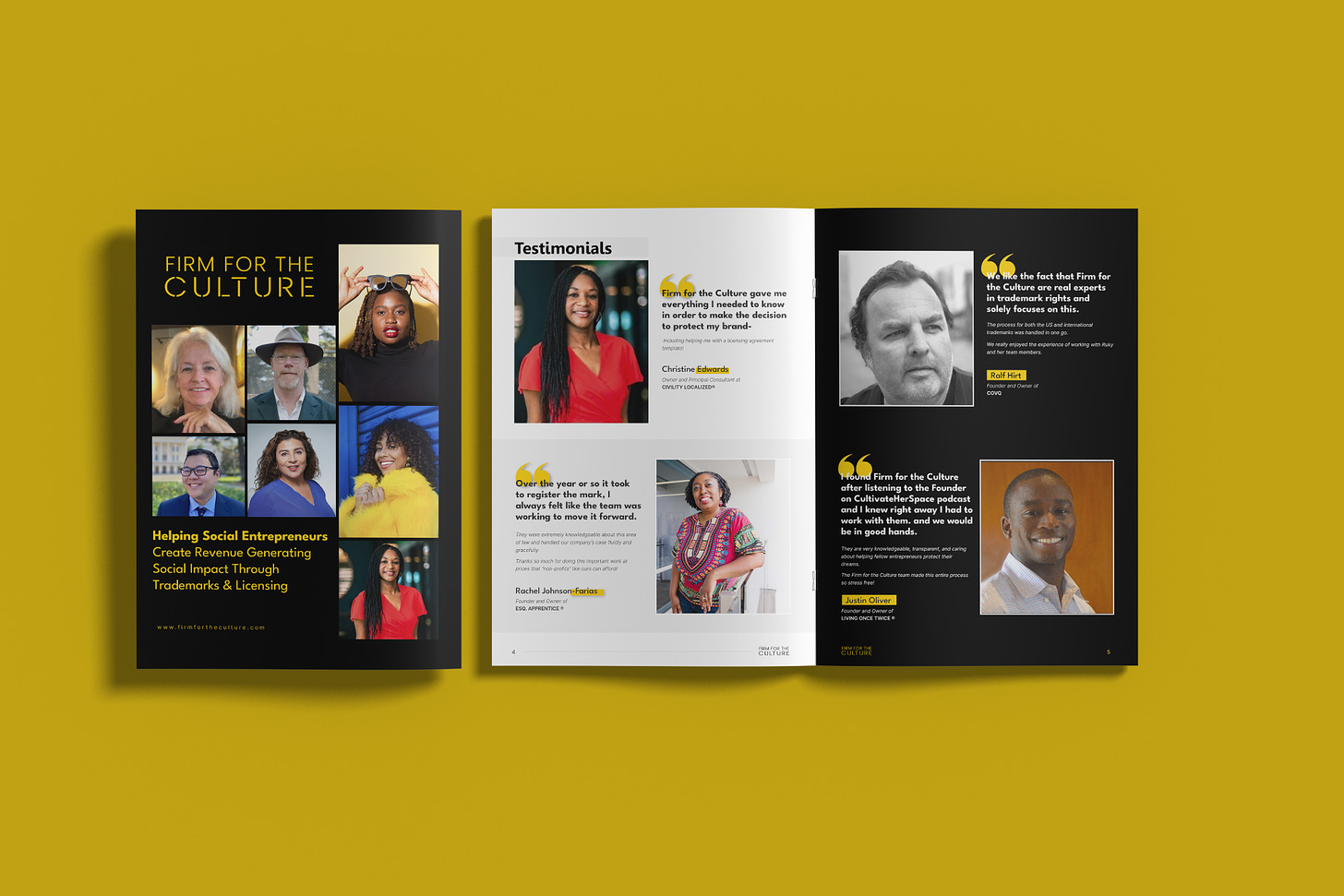Steal Meghan Markle’s Trademark Strategy
What Founders Can Learn from a Royal-Level IP Play | I Am What an Intellectual Property Attorney Looks Like.
Hey Fam,
It’s always great to connect with you.
Earlier this year, I came across something in the trademark world that made me pause—not just as a trademark attorney, but as a founder who cares deeply about strategy, protection, and legacy.
In February 2025, Meghan Markle filed a trademark application for the phrase “as ever”—which appears to be the name of a forthcoming lifestyle brand, featuring goods like teas, jams, cookies, and more. Trademark filings from celebrities are nothing new.
But what caught my attention?
Her application moved through the U.S. Patent and Trademark Office (USPTO) in record time.
We’re talking publication in just under two months.
To put that into perspective: the average timeline for a trademark application to move from filing to publication is typically 10 to 13 months, sometimes longer—especially when it’s an intent-to-use filing. I
n short, this kind of speed is almost unheard of unless there’s a smart, well-timed strategy behind it.
And smart strategy appears to be exactly what was implemented here.
Loving This Post?
Show us some love by adding a “❤️” or commenting below; this will make our hearts sing.
In September 2024—well before the public heard anything about “as ever”—a Delaware-based Limited Liability Company named 2022 Trademarks, LLC quietly filed an intent-to-use application for the same phrase across 17 (yes, SEVENTEEN) different classes of goods and services.
That list included everything from cookbooks to watering hoses, candles, picture frames, birdhouses, live plants, alcoholic beverages, and more.
Because filing early locks in your place at the USPTO. It ensures that you stake your claim before the market catches on and before opportunists or copycats try to capitalize on your momentum.
And when you do it strategically—as Meghan’s team did—it sends a clear message: This brand is protected, and we’re serious about it.
Even if you don’t launch every product listed in your application (which is common with celebrities who file broadly), you’ve created legal barriers that prevent others from operating in your lane.
One of the smartest moves Meghan’s team made was filing under a non-identifiable name—2022 Trademarks, LLC—rather than her own. This is a time-tested strategy used by high-profile individuals and brands to prevent early public attention.
Because trademark applications are public records. Once filed, anyone—including journalists, competitors, or squatters—can search the USPTO database and see what names or brands are being registered.
By filing under an LLC that doesn’t include her personal name, Meghan avoided premature exposure of her brand and marketing strategy.
And it’s something we often encourage our own clients to do time and time again.
Whether you’re building in stealth or just want to get ahead of the market, using a strategically named entity can give you a level of privacy and control over your brand narrative.
Here’s where the real finesse comes in.
Meghan’s team filed a second application for “as ever” in February 2025—just a few months after the first one. Because both applications were filed by the same owner, the USPTO examining attorney reviewing one would also see the other.
This increases the chance that the second application gets picked up—and processed—more quickly.
It’s a subtle move. But if you understand how the USPTO workflow operates, you can structure your filings to get examined faster. This kind of foresight is often the difference between a launch that’s protected and one that’s scrambling for rights after the fact.
Filing across 17 classes isn’t cheap—and Meghan’s legal team knows that. But broad filings are often a preemptive move to cover the entire ecosystem of what a brand could become.
Do I think she’ll sell live plants, watering hoses, and birdhouses? Probably not all at once.
But by including those classes, she prevents others from capitalizing on her brand name in adjacent industries. It’s an early-stage moat—protecting her brand from potential infringers before they even get the chance to move.
Eventually, some of those classes may be abandoned, or she might file Statements of Use for only a few. But the important thing is: she gave herself options.
As a founder, you may not need 17 classes, but you should think strategically about the full landscape of your business.
How might you expand?
What are your digital and physical products?
Are you building a brand or just a logo?
These are the questions we help our clients answer at Firm for the Culture.
Meghan’s trademark filing may look effortless from the outside. But behind the scenes was a precise legal strategy that took timing, insight, and a deep understanding of how the system works.
And that’s the same approach we bring to our clients—founders, entrepreneurs, and creatives who may not have a royal budget, but who absolutely have a legacy worth protecting.
So, if you’re preparing to launch something big (or even quietly building your brand behind the scenes), ask yourself:
• Have I secured my trademark?
• Am I filing smart, not just fast?
• Is my brand protected across the full ecosystem of what I’m building?
At Firm for the Culture, we help you answer those questions—and we help you answer them with clarity, confidence, and control.
Need Help Protecting Your Creativity?
If you are unsure—or if you know you need to take action—reach out to us.
We have helped countless founders and creatives safeguard their intellectual property, and we would love to do the same for you.
I’d love to hear your thoughts—drop a comment or reply with your insights!
If you need further guidance, reach out to me and my team at Firm for the Culture.
We’re here to help you navigate the copyright, trademark, and thought leadership journey.
Can’t wait to help you protect your dynamic impact.
And #ThatsAWrap
The Doors of the Church Firm Are Open
Thanks for reading.
See you next time.

















The explanation was everything! Thank you!
LOVE this explanation and insight!